Golf World Top 100: Best Golf Courses in the USA – 50-26
Last updated:
What are the best golf courses in the USA? The Golf World Top 100 panel ranks and rates the best courses in America where you can actually play in our inaugural list.
JUMP TO: 100-76 | 75-51 | 50-26 | 25-11 | 10-1
We’re into the top half of our inaugural Top 100 Courses in the United States – with every entry playable by everyone.
Our specialist US panel took control, led by Englishman-in-America Tony Dear and supported by various other well-travelled golfers including Jim Hartsell, Jimmie James, Kirk Baert and Malcolm Baker.
They assessed the best of America in the usual categories of Design, Setting, Playability, Memorability, Consistency and Presentation.
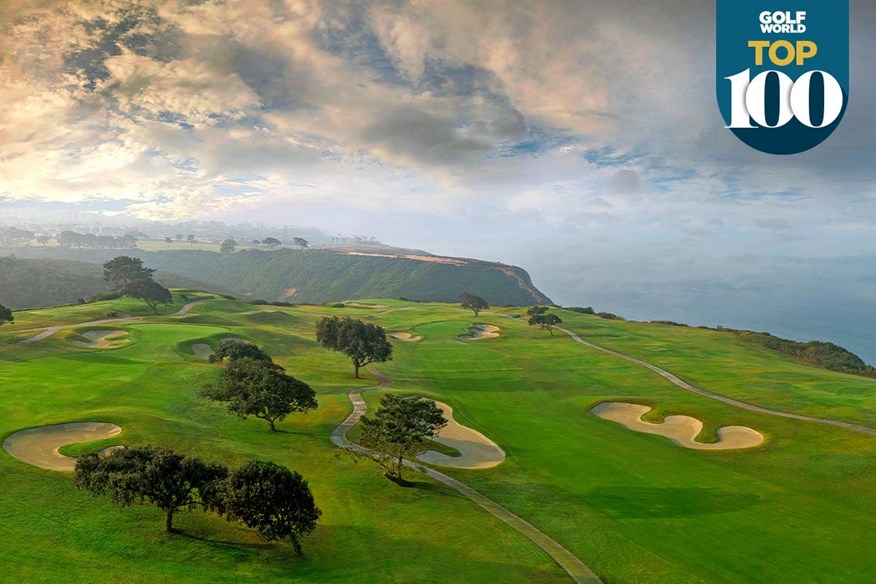
Please do feed back where you feel we’re right and, more likely, where you think we’ve gone wrong. We’d love to hear from you via email, on Twitter, Facebook or Instagram.
And, once you’ve enjoyed this ranking, please do take a look at some of our others – from the best courses in England, Scotland, Ireland and Wales, to GB&I’s best links, the most fun courses to play and the finest courses and resorts Portugal has to offer, we’ve got it covered.
Chris Bertram, Golf World Top 100 Editor
NEVER MISS A TOP 100: Subscribe to Today’s Golfer here | Get Top 100 news direct to your inbox
Can I join the Golf World Top 100 panel?
Yes! If you have knowledge of lots of resorts and courses, we’d love to hear from you. Whether you’re male, female, young, old, low handicap, high handicap, if you’re well-travelled then get in touch with us, here.
RELATED: Best golf courses in continental Europe
How should I book my golf breaks?
There are plenty of excellent golf tour operators out there, but we are big fans of Golf Holidays Direct, which is the UK’s largest golf holiday company.
Golf World Top 100 Courses in the USA: 50-26
50. Crosswater
Sunriver, Oregon
There is something very special about central Oregon’s high desert in the summer – deep blue skies, the snow-capped Cascade Mountains, scented pine forests and, at the Sunriver Resort, 20 miles south of the small but beautifully-positioned city of Bend, a gorgeous Bob Cupp-designed golf course that opened in 1995 and which sits in a lovely meadow crossed by the Little Deschutes River. It’s a magical combination.
49. Forest Dunes (Weiskopf)
Roscommon, Michigan
As the name suggests, the golf resort at Forest Dunes possesses both heavily-wooded areas and expansive sandy areas that together form exceptional golf ground.
Developed by trucking company owner Lew Thompson, Forest Dunes opened in 2002 with a superb Tom Weiskopf-designed course, which travels through the woods on the front and opens up a little on the back with holes surrounded by large expanses of sand.
48. Fallen Oak
Saucier, Mississippi
Deep in the De Soto National Forest, Tom Fazio designed an elegant woodland layout with natural wetlands that opened in 2006 and can only be played by guests of the 1,740-room, MGM-owned Beau Rivage Resort and Casino, 20 miles south in the coastal town of Biloxi.
47. Yale
New Haven, Connecticut
Expect the C.B. Macdonald/Seth Raynor design that opened in 1926 to be the highest riser between now and the next edition of this list.
Long revered as one of the teacher/disciple duo’s best ever, the course’s condition had been in steady decline for many years before it closed altogether during the Covid lockdown, going unmaintained for well over a year. It eventually reopened to limited university and Connecticut-resident play in April 2021 and, five months later, the famous Ivy-League college announced it had hired Gil Hanse to renovate the course and bring back its once grand scale.
Given the success of virtually every major renovation Hanse has carried out over the last decade, it’s a safe bet the new/old Yale will be something to behold.
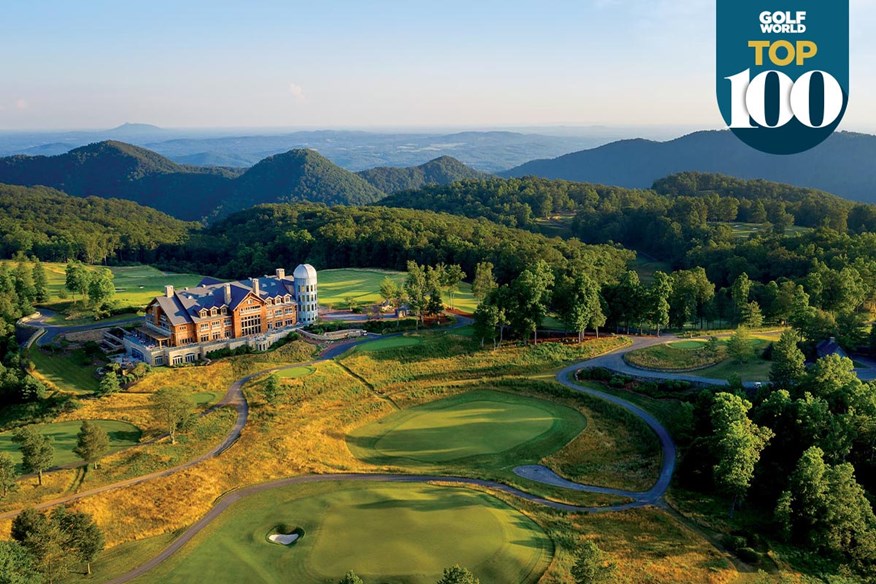
46. Primland (Highlands)
Meadows of Dan, Virginia
High (3,000ft) in the Blue Ridge Mountains of south-west Virginia, Englishman Donald Steel had his pick of the 14,000-acre Primland property and chose a spot with amazing views of the Dan River Gorge.
Building a course here was no easy task but Steel, along with then associates Martin Ebert and Tom Mackenzie, found a route along ridges, through valleys and over chasms that created an exciting journey any golfer would enjoy.
45. Sea Island (Seaside)
St Simons Island, Georgia
Golf at the luxurious Sea Island Resort began with nine Walter Travis-designed holes in 1927. Harry Colt and Charles Alison built a second nine-hole course in 1928, and two more nines were added later.
In the late 1990s Tom Fazio was hired to join the Colt/Alison holes to one of the other nines, forming the Seaside Course which opened in 1999. Fazio removed a lot of trees and added faux dunes and sandy waste areas to give the course the look and feel of a genuine links.
44. Rustic Canyon
Moorpark, California
Gil Hanse and his design partner Jim Wagner, together with author, broadcaster, blogger and golf architecture expert Geoff Shackelford, took a very old-school approach in creating this links-feel layout that opened in 2002, an hour north of Los Angeles.
No plans or blueprints, just a lot of on-the-fly, on-site decision-making that resulted in a wonderfully natural, lie-of-the-land course where your ground game is put to the test.
43. Black Wolf Run (River)
Kohler, Wisconsin
As every golfer familiar with the Pete Dye legend knows, the Indiana native and one-time insurance salesman combined vivid imagination with resolute determination and a sometimes gruff manner to do things that few other people could even have imagined.
Dye designed 18 award-winning holes here in 1988, but returned a couple of years later to chop them up and add nine new holes, forming the River Course. A year later, nine more holes were added to create the Meadows Valley Course.
The River Course, enclosed within a bend of the Sheboygan River, features some truly original Dye moments at holes like ‘Hell’s Gate’, ‘Jackknife’, ‘Cathedral Spires’ and the extraordinary par-3 ‘Tall Timber’, with the river curving on the right and a stand of tall trees on the left.
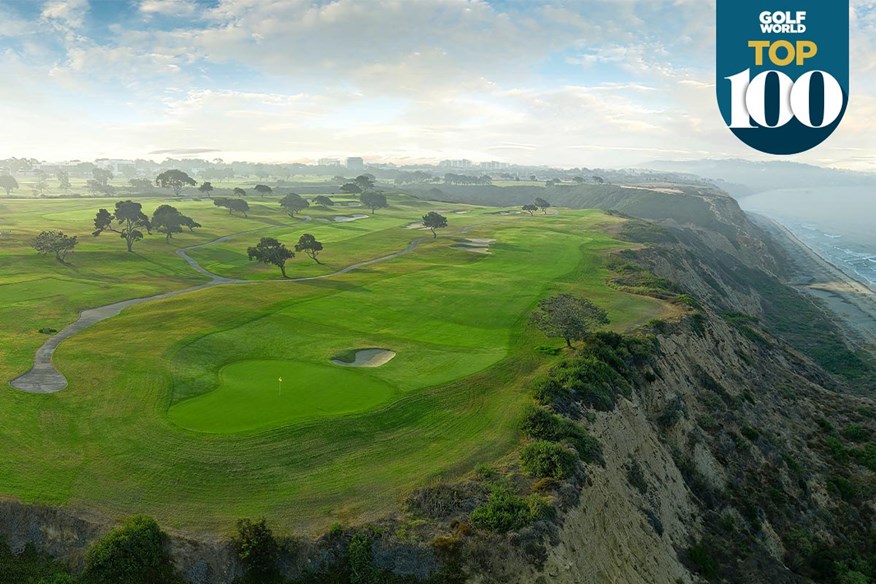
42. Torrey Pines (South)
San Diego, California
Originally devised by William P. Bell (but constructed by his son William F. Bell in 1957) and remodelled by Rees Jones in 2001, this southern California cliff-top course splits opinion between architecture aficionados who believe the design is somewhat formulaic and predictable and those enamoured with its coastal setting.
Whichever side of the argument you fall on, there’s an awful lot to be said for any municipal that has hosted two pulsating US Opens and records roughly 90,000 rounds a year.
Torrey Pines Offer: From £2,3039pp ENQUIRE NOW
41. Marquette GC (Greywalls)
Marquette, Michigan
Mike DeVries, who now heads up a global design firm with Australia’s Mike Clayton and Dutchman Frank Pont, sits just on the edge of today’s elite group of architects thanks to highly-acclaimed courses such as Cape Wickham in Australia and Kingsley Club in his home state of Michigan.
Four years after Kingsley had opened in 2001, he arrived in the northern Michigan town of Marquette and cut a route through the forest, between huge chunks of granite (hence the name) and over amazingly-undulating ground to create a singular golf adventure that would be among the country’s most popular courses were it not for its somewhat remote location.
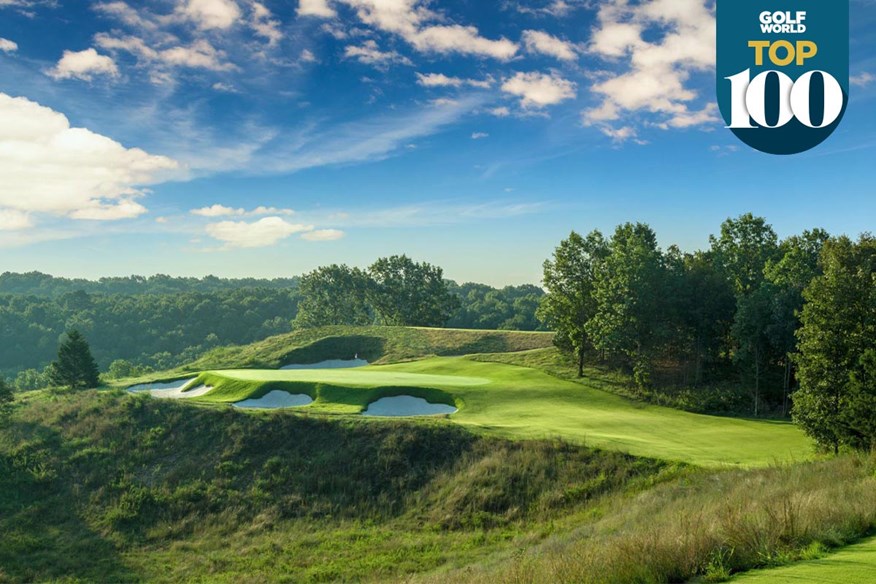
40. Big Cedar Lodge (Ozarks National)
Hollister, Missouri
The generally flat, clay-based plains of Missouri, in the middle of the USA, might not have been the first place you’d expect Bill Coore and Ben Crenshaw to build a golf course, but Ozarks National is actually located on the Ozarks Plateau in the bottom half of the ‘Show Me State’, where the pair found all the elevation they needed.
Indeed, it didn’t take Johnny Morris, owner of the five-course (including Tiger Woods’ Payne’s Valley) resort, long to convince Crenshaw to come. “There are so many beautiful spots on this course, it’s unbelievable,” said the two-time Masters champion.
“There is a certain atmosphere about this place that we’ve never seen before. We’ve built a lot of golf courses, but there’s something special about this piece of ground… it’s gorgeous.”
Ozarks National opened in 2019 and attracted the usual stack of five-star reviews that Coore/Crenshaw designs tend to get.
39. Pinehurst (No.4)
Pinehurst, North Carolina
Shortly after Gil Hanse had completed his incredible 2018 transformation of the course that began life as a nine-holer in 1912, the USGA decided it was good enough to share hosting duties of the 2019 US Amateur Championship with the resort’s venerable No. 2 Course. Indeed, so highly did the USGA think of it, the first round of the 36-hole matchplay final was played on No. 4. Not bad for a course barely a year old.
Pinehurst Offer: From £1,755pp ENQUIRE NOW
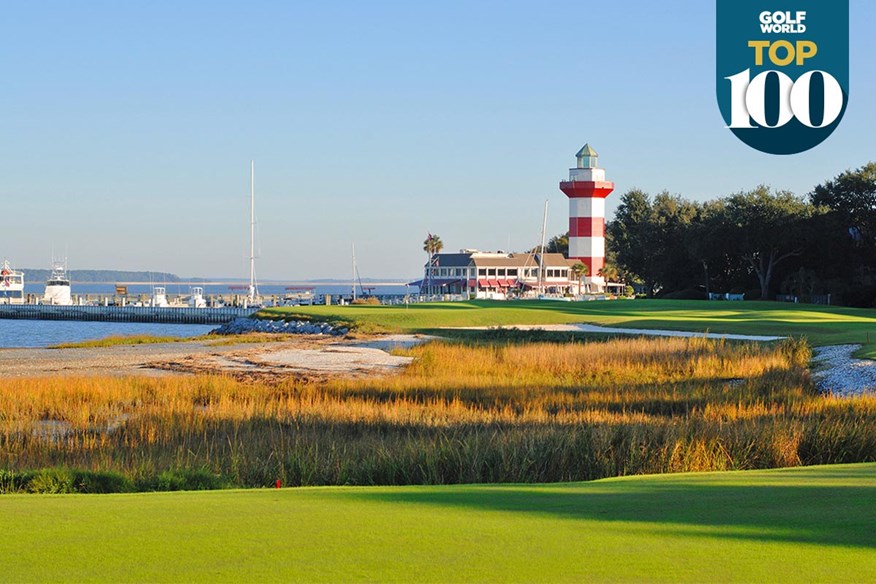
38. Sea Pines Resort (Harbour Town)
Hilton Head Island, South Carolina
Opened in 1969, ahead of the inaugural Heritage Golf Classic (now RBC Heritage), Harbour Town was designed by a 44-year-old Pete Dye, assisted in a consultancy role by then seven-time Major champion Jack Nicklaus.
Fairways cut through more than 300 acres of live oaks, pines and magnolias, resulting in some fairly narrow playing corridors and making Harbour Town a course where precision is favoured over power.
Sea Pines Resort Offer: From £1,499pp ENQUIRE NOW
37. Sand Hollow
Hurricane, Utah
John Fought and Andy Staples took advantage of the incredible red-rock scenery in southern Utah’s high desert when building a course that didn’t really fit into any conventional category when it opened in 2008 – and still doesn’t now.
The front nine is stunning enough, but it pales against the awesome back nine where the stretch of holes from the 12th to the 15th takes you on a journey you won’t take anywhere else in the world.
36. Mid Pines
Southern Pines, North Carolina
Just as Coore and Crenshaw revived Donald Ross’s No. 2 course at the Pinehurst Resort in 2010 with a bold but sensitive restoration, so Kyle Franz (who was part of the team that worked on No. 2) breathed new life into Mid Pines, another Ross original six miles east of No. 2 that had first opened in 1921.
Ninety-two years later, Franz cleared trees, rebuilt bunkers, expanded greens and widened fairways to rekindle the Ross magic.
35. French Lick (Dye)
French Lick, Indiana
When the French Lick Springs and West Baden Springs hotels joined forces to become the French Lick Resort in 2005, the owners decided to add a third golf course to its list of amenities (it also manages Sultan’s Run GC, 20 miles south-west of the resort).
Pete Dye was hired to build 18 holes on a difficult site many designers would probably have passed on, and moved 2.5m cubic yards of earth to make the course, which opened in 2009, work… which it does in a crazy Pete Dye way.
34. Omni Homestead Resort (Cascades)
Hot Springs, Virginia
After Peter Lees and then A.W. Tillinghast turned down the opportunity to design a course at the famous Homestead Resort in Virginia’s Allegheny Mountains, saying the valley was too cramped and full of rock to build good golf holes, the resort turned to 33-year-old William Flynn.
The Boston native, turned Philadelphian, used 20 tons of dynamite to blast through the limestone, managing to squeeze in a marvellous 18 holes that took just 13 months to complete and which opened to guests in 1924. A young Sam Snead worked here in the pro shop.
33. Karsten Creek
Stillwater, Oklahoma
Former Oklahoma State University golfers Rickie Fowler, Viktor Hovland, Matthew Wolff and numerous others who graduated to the PGA Tour once called this tough, 1994 Tom Fazio design on the banks of Lake Louise, their home course.
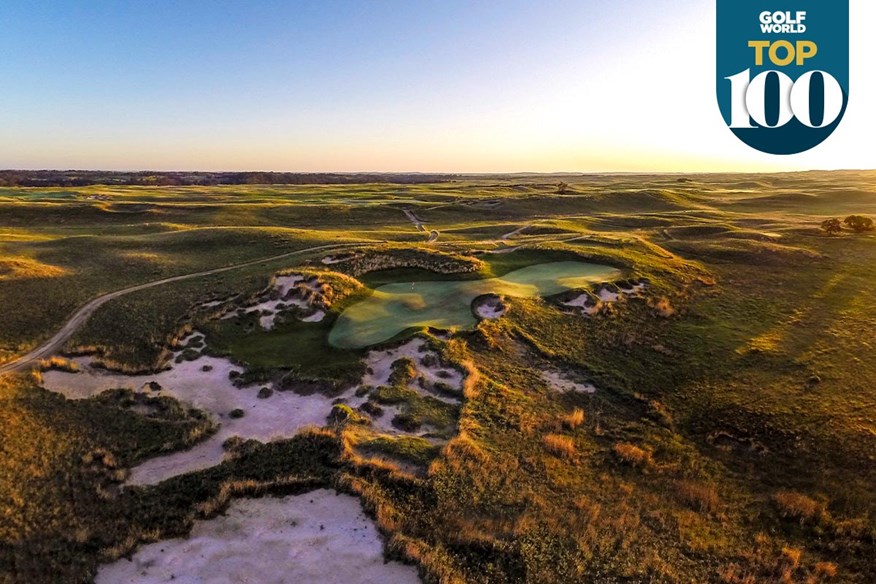
32. Prairie Club (Dunes)
Valentine, Nebraska
The Nebraska Sand Hills have become synonymous with natural, lie-of-the-land golf and Tom Lehman’s Dunes Course at the Prairie Club – co-designed alongside Chris Brands and opened in 2010 – typifies the genre with wide fairways, rugged bunkers, firm surfaces and large, undulating greens.
31. Manele
Lanai City, Hawaii
How often have you been tempted by a course’s signature hole only to discover the other 17 are, frankly, as dull as dishwater? The 12th and 17th at Manele on the Hawaiian island of Lanai certainly rank among the game’s most surreally-stunning holes, but thankfully the rest of Jack Nicklaus’s 1993 design is full of good golf.
30. Wine Valley
Walla Walla, Washington
Following a strong design debut at Bandon Crossings in Oregon, Portland’s Dan Hixson was hired to turn wheat and alfalfa fields a few miles west of Walla Walla into an exposed, linksy golf course that opened in 2009 and where strong winds are often in play.
The ability to keep the ball down is frequently essential, as is a competent ground game. Views south and east to the Blue Mountains add to the appeal.
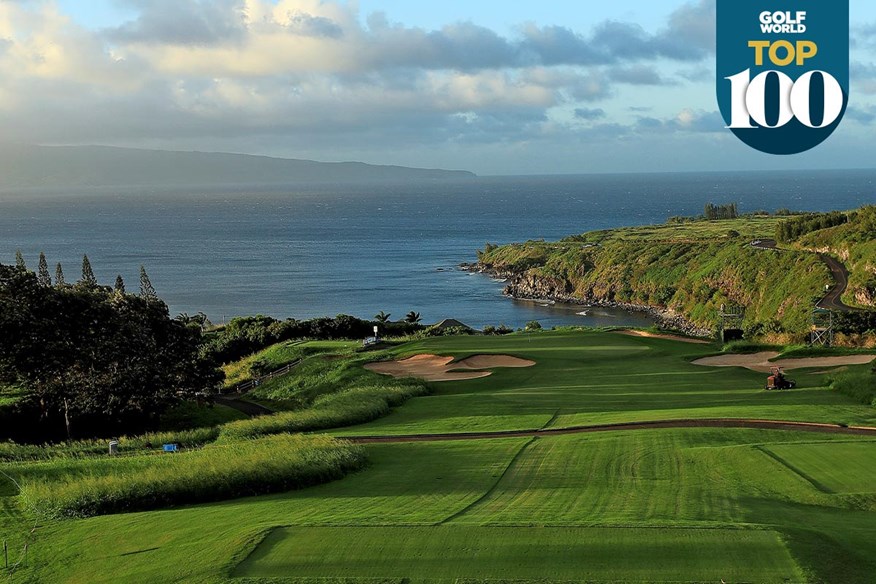
29. Kapalua Resort (Plantation)
Lahaina, Hawaii
When Ben Crenshaw called design partner Bill Coore to discuss the proposed project at Kapalua, he described “land gently rising from the sea”. When Coore saw the site for himself, he wondered if Crenshaw had been joking, and knew it would be a challenge to build a course on so steep an incline.
But with perhaps the first signs of an uncommon knack for routing, Coore devised a PGA Tour-worthy venue that opened in 1991 (renovated in 2019) and which throws up a number of terrific holes, the best of them perhaps the unforgettable, downhill, 677-yard par 5 that has become so familiar to viewers of the Tour’s season-opening event.

28. Spyglass Hill
Pebble Beach, California
Originally called Pebble Beach Pines, the course was renamed after a location in Robert Louis Stevenson’s novel Treasure Island and opened in 1966.
The first five holes of this Robert Trent Jones Snr design stretch out toward the sea and play among the sand dunes. The course then turns inland, heads into the trees and stays there for the rest of the round.
The forest stretch doesn’t ever arouse the same level of excitement as the opening holes, but it remains a great test.
27. The Greenbrier Resort (Old White)
White Sulphur Springs, West Virginia
It’s another steep green fee, but there’s a lot of history and significance attached to the Old White. Opened in 1914 and designed by C.B. Macdonald and Seth Raynor, it was the first 18-hole course offered to guests of the magnificent Grand Central Hotel (built in 1858) and is full of Macdonald’s famed template holes.
Lester George worked on restoring the course in 2006 and Keith Foster was brought in for renovations following horrendous flooding in 2016.
26. Mossy Oak
West Point, Mississippi
With sand dredged from a nearby river, Gil Hanse was able to create firm and fast playing surfaces on the Mississippi Black Prairie while crafting the sort of beguiling, strategic holes you’d expect from so shrewd, perceptive and just downright clever an architect.
The course opened in 2016 just down the road from Old Waverly, another course on our Top 100 list (No. 77).
>> Golf World Top 100 USA: 25-11 >>
<< Golf World Top 100 USA: 75-51 <<
-
 Spyglass Hill is one of the best golf courses in the USA.
Spyglass Hill is one of the best golf courses in the USA.
-
 Ozarks National at Big Cedar Lodge is one of the best golf courses in the USA.
Ozarks National at Big Cedar Lodge is one of the best golf courses in the USA.
-
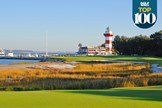 Sea Pines Resort (Harbour Town) is one of the best golf courses in the USA.
Sea Pines Resort (Harbour Town) is one of the best golf courses in the USA.
-
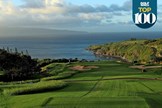 Kapalua Resort's Plantation is one of the best golf courses in the USA.
Kapalua Resort's Plantation is one of the best golf courses in the USA.
-
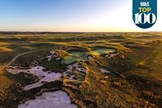 The Dunes at Prairie Club is one of the best golf courses in the USA.
The Dunes at Prairie Club is one of the best golf courses in the USA.
-
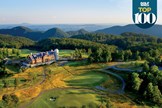 The Highlands course at Primland is one of the best golf courses in the USA.
The Highlands course at Primland is one of the best golf courses in the USA.
-
 Spyglass Hill is one of the best golf courses in the USA.
Spyglass Hill is one of the best golf courses in the USA.
-
 Torrey Pines' South Course is one of the best golf courses in the USA.
Torrey Pines' South Course is one of the best golf courses in the USA.
-
 Torrey Pines South is one of the best courses in the USA.
Torrey Pines South is one of the best courses in the USA.
